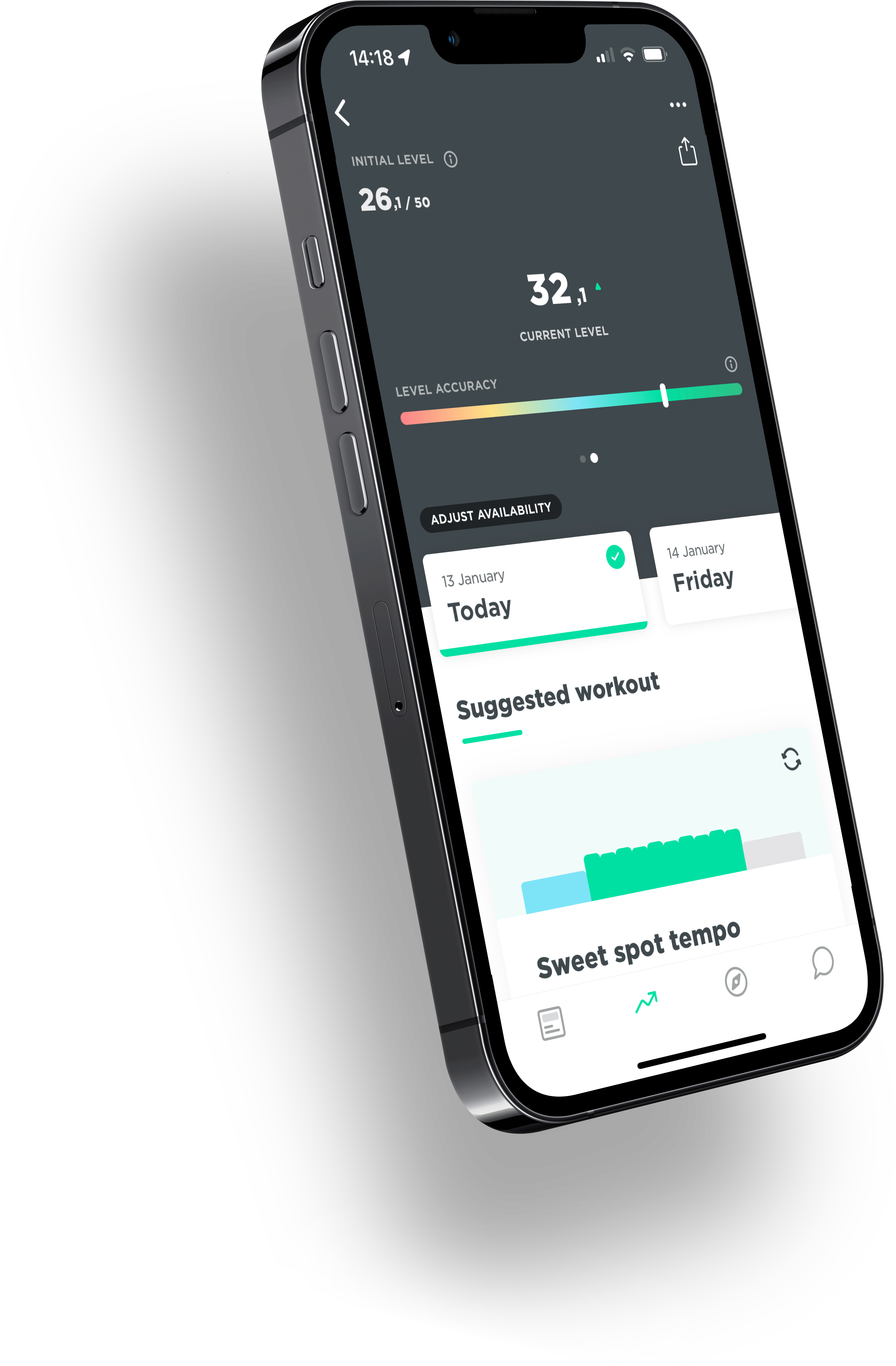The Unique Challenges of Indoor Cycling
Moisture loss during exercise
When indoor cycling, you can lose up to 1.5 liters of fluid per hour, depending on various factors such as humidity and temperature. Maintaining proper hydration is crucial. As soon as you lose 2% of your body weight in fluids, your performance can already drop. If you lose 5%, the drop can be as much as 30%. Now, an 80-pound adult male does not lose 4 liters of fluid easily, and certainly not in a one-hour workout. Yet research shows that a mild dehydration of 1% of body weight already results in an average deterioration of 5.8% in a 5km uphill time trial. Without a good fan and the windows wide open, you’ll have this in no time in the last 15 minutes of your Zwift race.
Minerals and Hydration
The importance of electrolytes
While sweating, you lose not only fluid, but also essential minerals. These minerals, often referred to as electrolytes, are crucial for muscle functions, and a deficiency can even lead to muscle cramps.
Choose the right sports drink
Drinking a hypotonic sports drink is recommended during indoor cycling. These drinks have a lower concentration of dissolved particles than blood, allowing your body to absorb the fluids and minerals faster. Keep in mind that from a good hypotonic sports drink you will not absorb more than 700ml to 1 liter of fluid per hour. So if you lose more you will build up a fluid and mineral deficiency.
Carbohydrates: Yes or No?
Although your body has enough carbohydrates for about 1.5 hours of full exercise, some studies suggest that the body performs better when it thinks it is getting carbohydrates. In a study with Colombian loggers, they were found to be able to chop more wood when the body thought the drink contained carbohydrates than when drinking only water. Therefore, during longer sessions, it may be useful to use a drink gel with carbohydrates for better quality training and faster recovery, but for a 1-hour workout, this will usually not be necessary.
Start Strong, Finish Stronger
It is essential to start with proper hydration and sufficient carbohydrates. After an indoor cycling session, even if you’ve hydrated well, you’ve probably lost more fluid than you’ve absorbed. Therefore, it is crucial to stay well hydrated especially in the first two hours after exercise. As always, keep the order in recovery of; hydrate first, then carbohydrate, then protein.
So whether you train with on JOIN or Zwift with your Tacx or Wahoo it is critical to adjust your nutrition and hydration to meet the unique challenges of indoor cycling.


